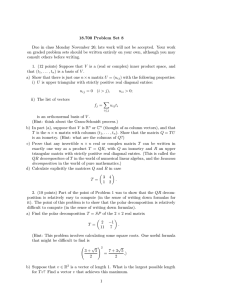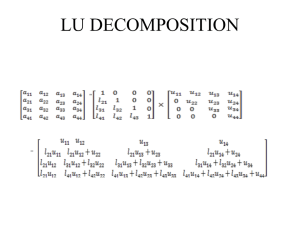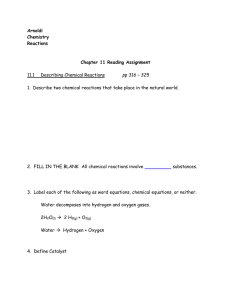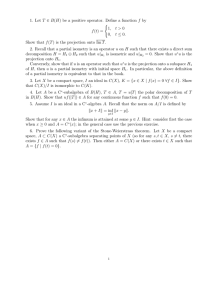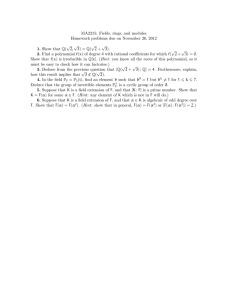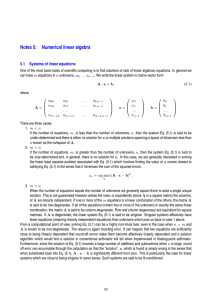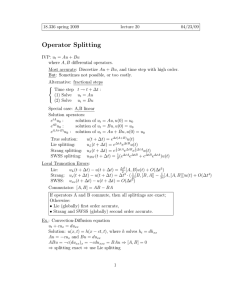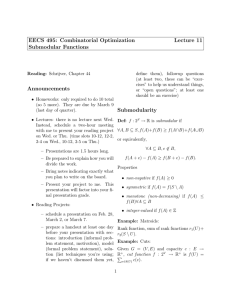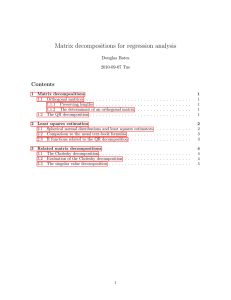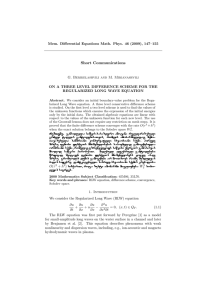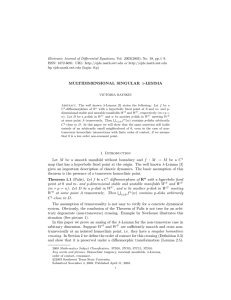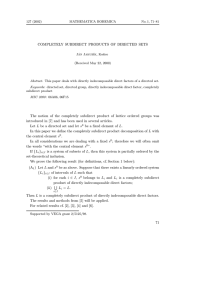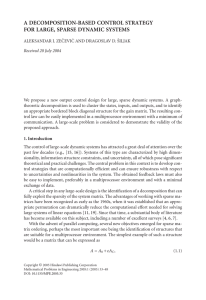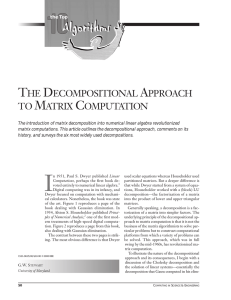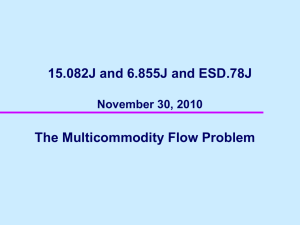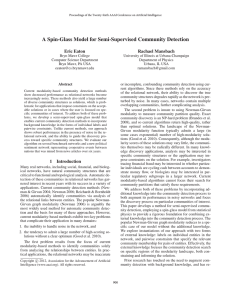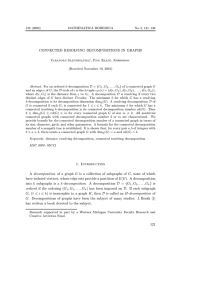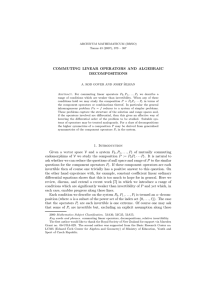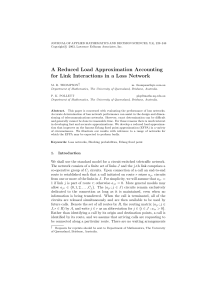18.700 Problem Set 8
advertisement
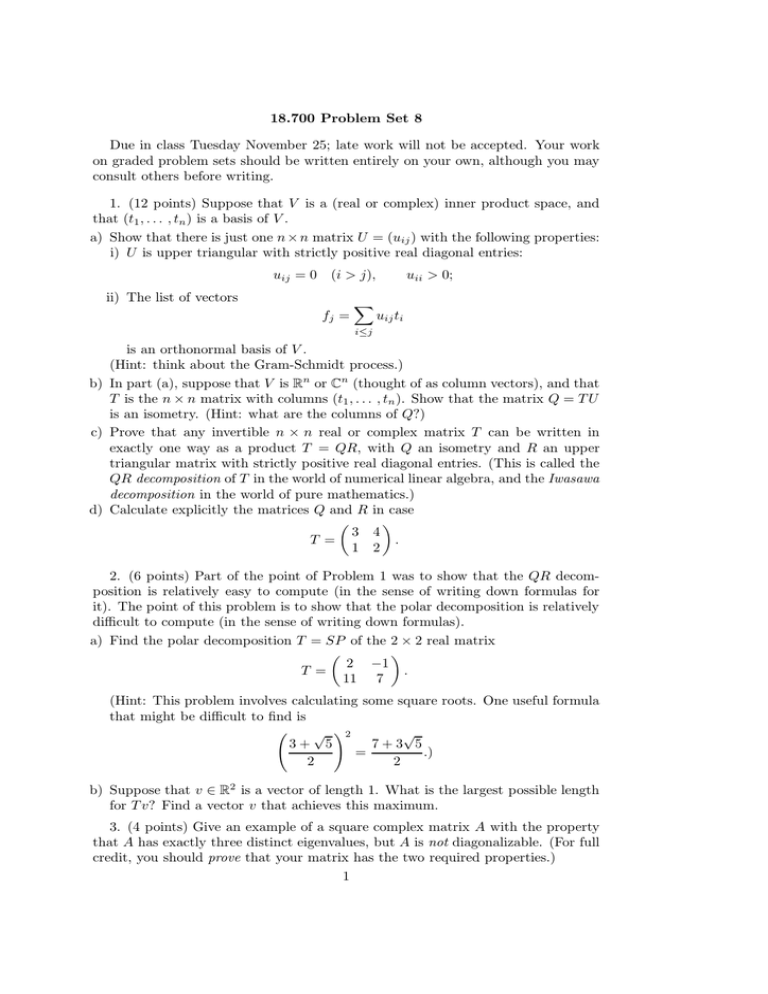
18.700 Problem Set 8 Due in class Tuesday November 25; late work will not be accepted. Your work on graded problem sets should be written entirely on your own, although you may consult others before writing. 1. (12 points) Suppose that V is a (real or complex) inner product space, and that (t1 , . . . , tn ) is a basis of V . a) Show that there is just one n × n matrix U = (uij ) with the following properties: i) U is upper triangular with strictly positive real diagonal entries: uij = 0 (i > j), uii > 0; ii) The list of vectors fj = X uij ti i≤j is an orthonormal basis of V . (Hint: think about the Gram-Schmidt process.) b) In part (a), suppose that V is Rn or Cn (thought of as column vectors), and that T is the n × n matrix with columns (t1 , . . . , tn ). Show that the matrix Q = T U is an isometry. (Hint: what are the columns of Q?) c) Prove that any invertible n × n real or complex matrix T can be written in exactly one way as a product T = QR, with Q an isometry and R an upper triangular matrix with strictly positive real diagonal entries. (This is called the QR decomposition of T in the world of numerical linear algebra, and the Iwasawa decomposition in the world of pure mathematics.) d) Calculate explicitly the matrices Q and R in case 3 4 T = . 1 2 2. (6 points) Part of the point of Problem 1 was to show that the QR decomposition is relatively easy to compute (in the sense of writing down formulas for it). The point of this problem is to show that the polar decomposition is relatively difficult to compute (in the sense of writing down formulas). a) Find the polar decomposition T = SP of the 2 × 2 real matrix 2 −1 . T = 11 7 (Hint: This problem involves calculating some square roots. One useful formula that might be difficult to find is √ √ !2 7+3 5 3+ 5 = .) 2 2 b) Suppose that v ∈ R2 is a vector of length 1. What is the largest possible length for T v? Find a vector v that achieves this maximum. 3. (4 points) Give an example of a square complex matrix A with the property that A has exactly three distinct eigenvalues, but A is not diagonalizable. (For full credit, you should prove that your matrix has the two required properties.) 1
